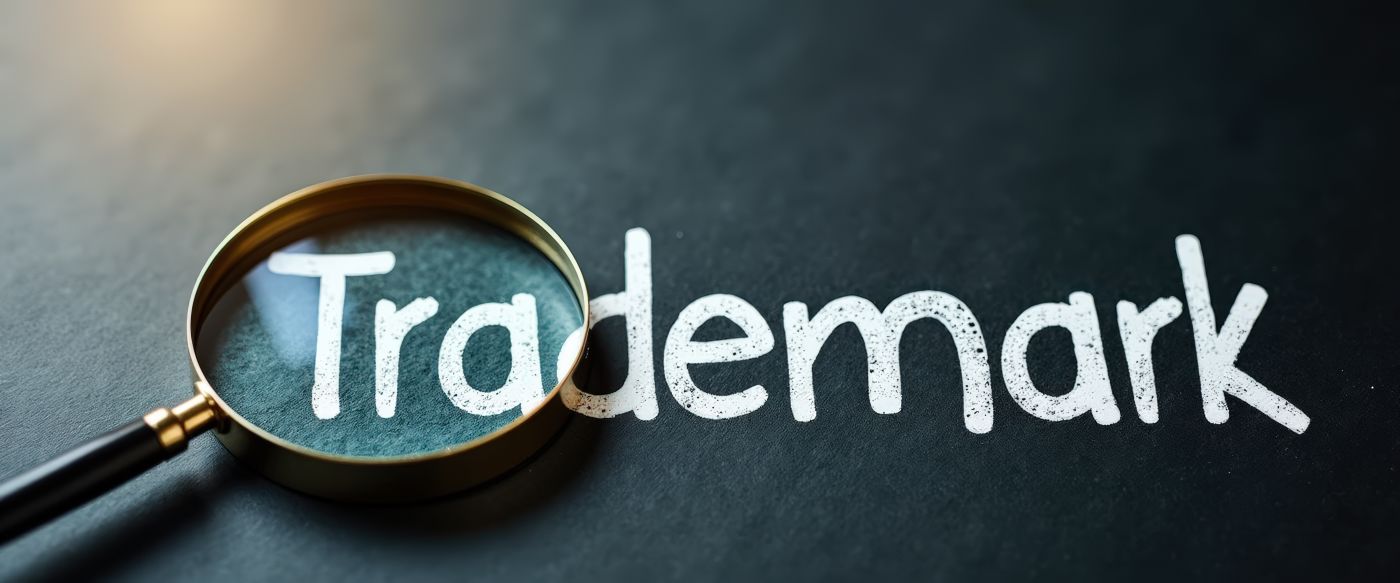In previous blog articles, we talked about trademarks and copyrights. This article clarifies some of the differences between the two. Here are eight points to keep in mind.
1. The purpose of a trademark is to protect words, phrases and logos used in federally regulated commerce to identify the source of goods and/or services.
2. The purpose of a copyright is to protect works of authorship as fixed in a tangible form of expression. Thus, copyright covers all of the following:
works of art (two- or three-dimensional)
photos, pictures, graphic designs, drawings, and other forms of images
songs, music, and sound recordings of all kinds
books, manuscripts, publications, and other written works
plays, movies, shows, and other performance arts
3. There may be occasions when both copyright and trademark protections are desired with respect to the same business endeavor. For example, a marketing campaign for a new product may introduce a new slogan for use with the product, which also appears in advertisements for the product. However, copyright and trademark protection will cover different things. The advertisement’s text and graphics, as published in a particular vehicle, will be covered by copyright—but this will not protect the slogan as such. The slogan may be protected by trademark law, but this will not cover the rest of the advertisement. If you want both forms of protection, you will have to perform both types of registration.
4. If you are interested in protecting a title, slogan, or other short word phrase, generally you want a trademark. Copyright law does not protect a bare phrase, slogan, or trade name.
5. Whether an image should be protected by trademark or copyright law depends on whether its use is intended to identify the source of goods or services. If an image is used temporarily in an ad campaign, it generally is not the type of thing intended to be protected as a logo.
6. The registration processes of copyright and trademark are entirely different. For copyright, the filing fee is small, the time to obtain registration is relatively short, and examination by the Copyright Office is limited to ensuring that the registration application is properly completed and suitable copies are attached. For trademark, the filing fee is more substantial, the time to obtain registration is much longer, and examination by the Trademark Office includes a substantive review of potentially conflicting marks which are found to be confusingly similar. While copyright registration is primarily an administrative process, trademark registration is very much an adversarial process.
7. Regarding clothing items, anything you silk screen or otherwise display prominently on the front or back of a shirt, top, cap or hat is generally considered artwork, and therefore covered by copyright. To qualify as a trademark, your logo or slogan must be used as the brand of the clothing item itself. In other words, your logo or slogan must be used the way clothing brands are typically used and displayed on clothing, namely, sewn into a waistband, collar, hem or pocket, or applied to a label, sticker or tag, and not in a way that dominates the appearance of the clothing item.
8. If your design, logo or slogan is regarded as artwork—even though it can be protected by copyright—the protection only extends to the artistic configuration used. More simply, if you have a slogan or name, copyright law can protect the artistic way you display it, but the text itself is not protected. Copyright law does not cover names, words or short phrases. The only way to protect a name, word, short phrase or other text is to register it as a trademark. But this means that you have to change the way you use the mark from an artistic display to a brand name usage.
Barsik Law provides a full array of both trademark services and copyright services. If you need help registering or enforcing a trademark, service mark, or copyright, please contact me today.


